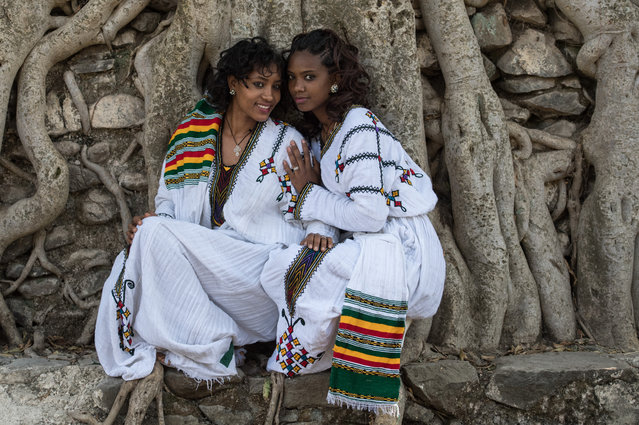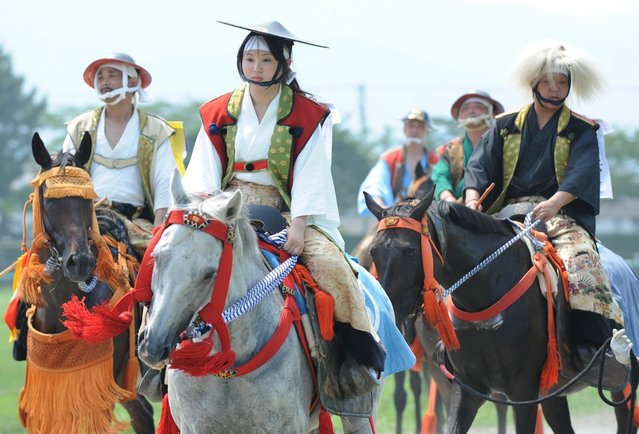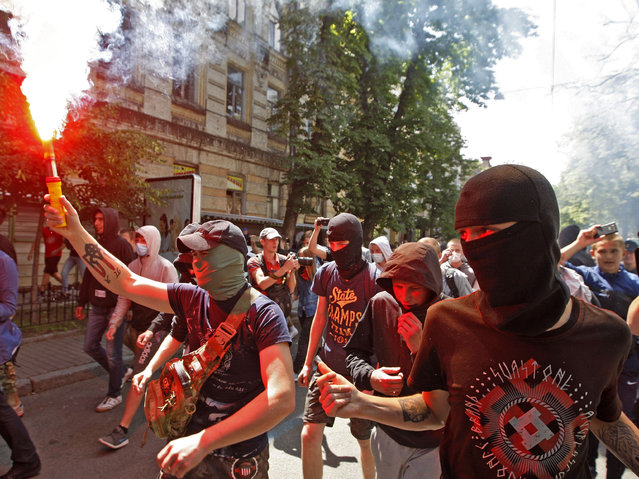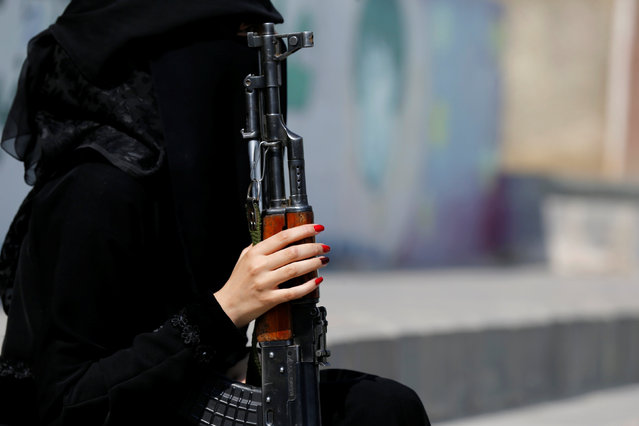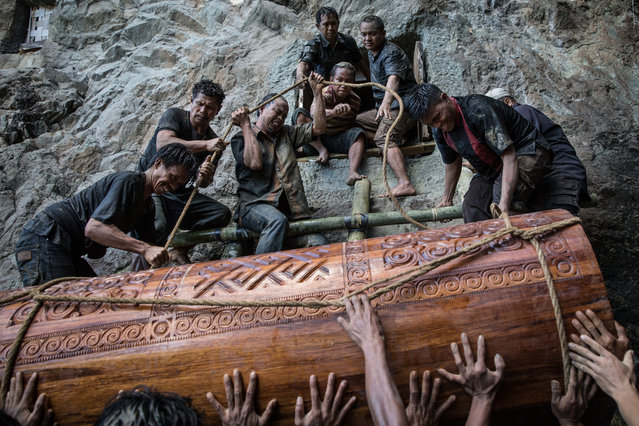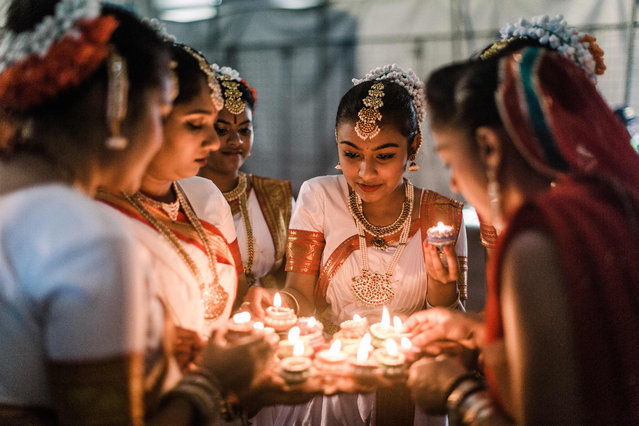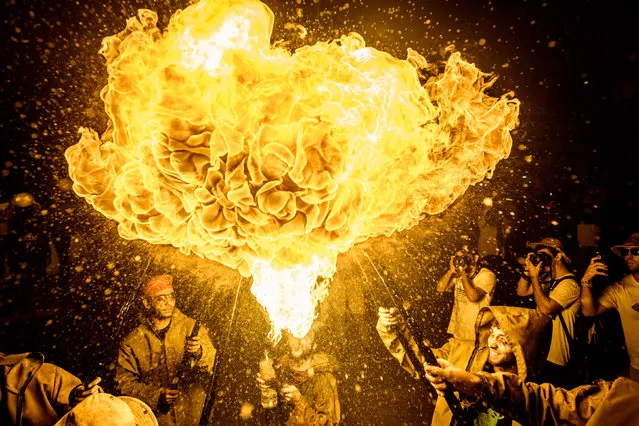
Local villagers prepare to bury the body of elephant Hemantha during a religious ceremony at a Buddhist temple in Colombo March 15, 2016. Elephant Hemantha, which died from injuries to its feet, was under medical treatment for the last six months. The elephant used to march at street parades during festivals held by the temple. Elephant Hemantha died at age 23. Wild elephants have long lifespans, reaching 60–70 years of age. (Photo by Dinuka Liyanawatte/Reuters)
16 Mar 2016 14:01:00,post received
0 comments

